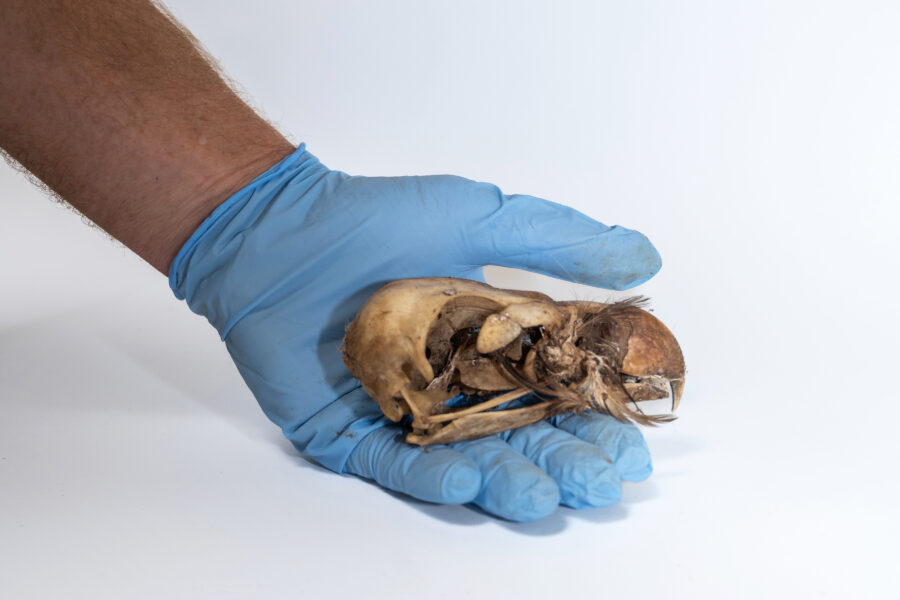
Natural justice
Recent trials of people charged with deliberately killing protected eagles in north-eastern Victoria have shone a light on the lengthy process of prosecuting wildlife crimes.

Recent trials of people charged with deliberately killing protected eagles in north-eastern Victoria have shone a light on the lengthy process of prosecuting wildlife crimes.
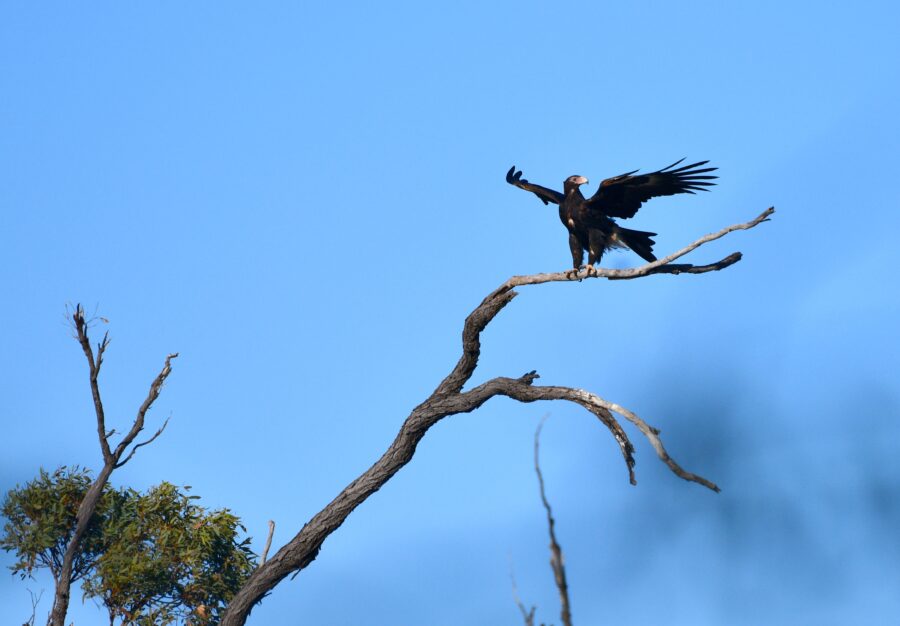
The chance discovery of an eagle nest leads to an extended vigil observing normally hidden behaviours of one of nature’s supreme winged marvels.
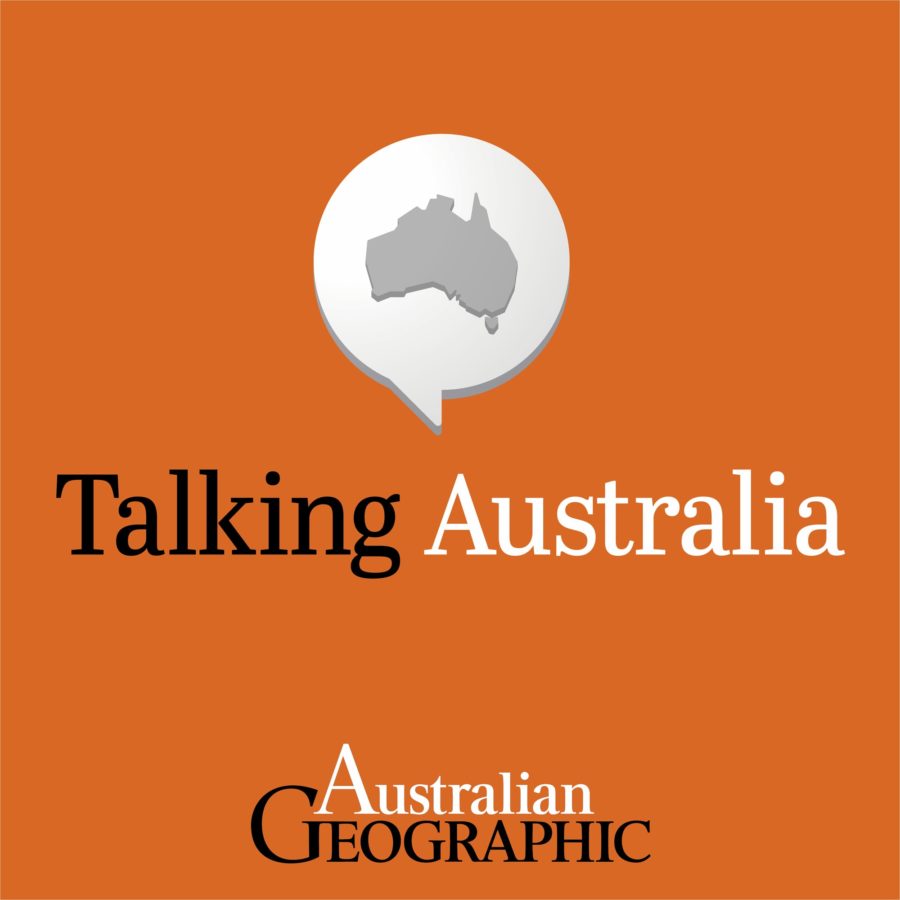
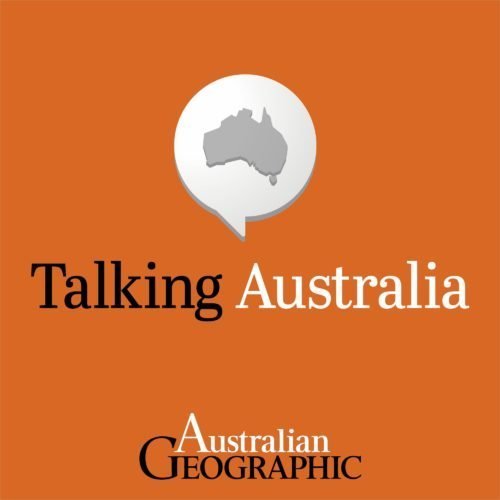
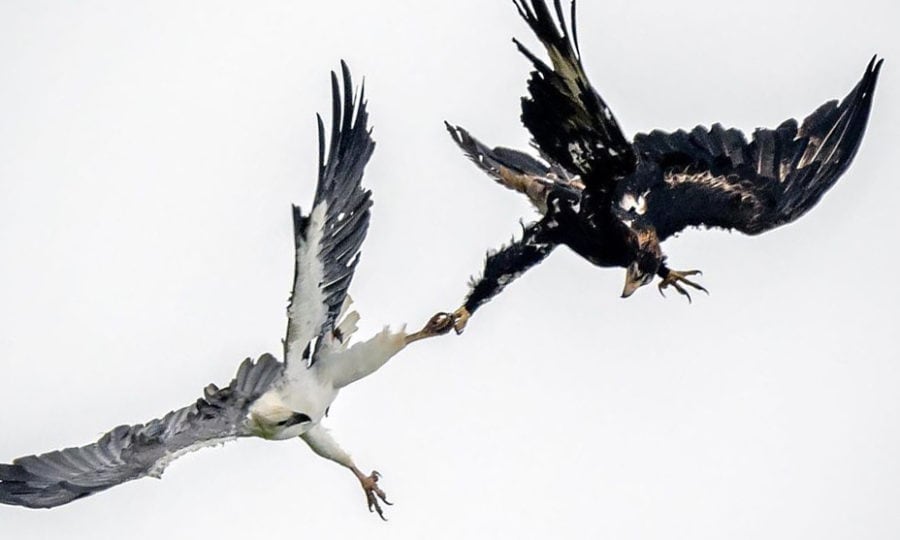
Two of Australia’s fiercest birds of prey were photographed battling it out.
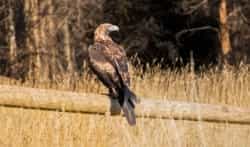
These kind of attacks usually occur when there is a perceived threat to livestock, experts say.

The large scale poisoning of over 130 wedge-tailed eagles has horrified the public and caused grave concerns among ecologists.
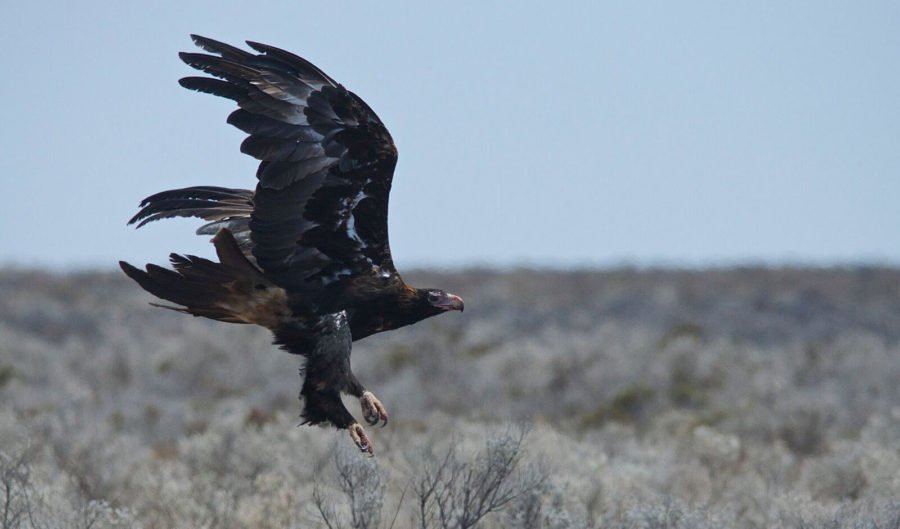
We chat to zoologist Claire Hawkins who recently launched a crowdfunder to help the public count how many wedgies are left in Tasmania.
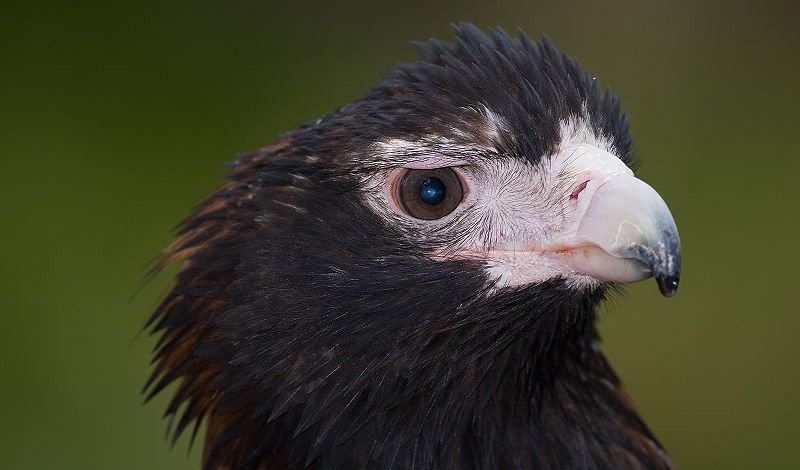
As well as crocodiles, sharks and dingoes, Australia has a bird accused of eating people.
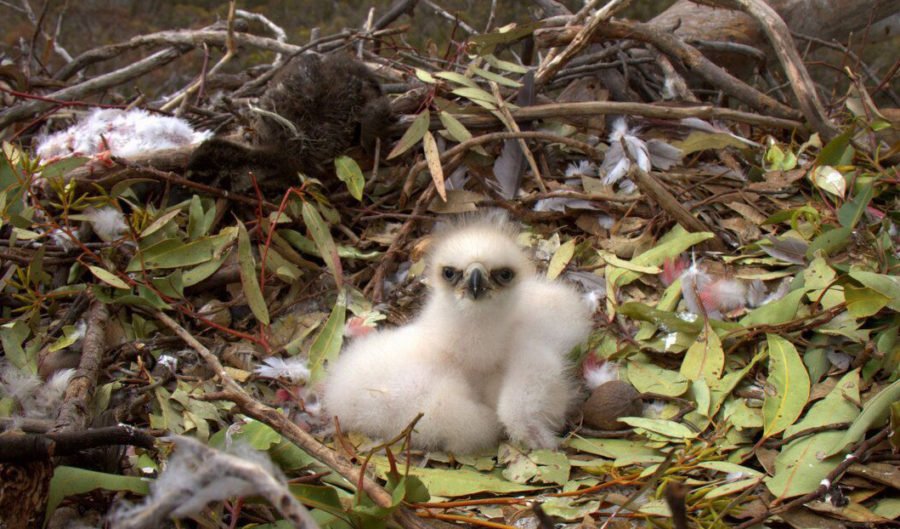
We know very little about the wedge-tailed eagles’ (Aquila audax) movement across Australia’s vast arid lands. And with dramatic changes to the habitats of the native raptor, mostly caused by human activity, the more we know the better. Wedge-tailed eagle expert, Simon Cherriman has launched a crowdfunding campaign to raise money to purchase satellite-trackers to research the movements of juvenile wedgies. Having raised enough money to fund three satellite-trackers in 2015, which were attached to wedgies in the Perth Hills area, Simon explains that our knowledge depends on following the stories of more than just a few birds. “Despite being subject to a period of extensive persecution for over a century, when hundreds of thousands of eagles were culled, the Wedge-tail is currently listed as Least Concern. However, this status is based on information collected using methods designed for small songbirds, and it does not consider the complex population structure of a large raptor,” Simon explains. To donate to Simon’s crowdfunding campaign, click HERE.
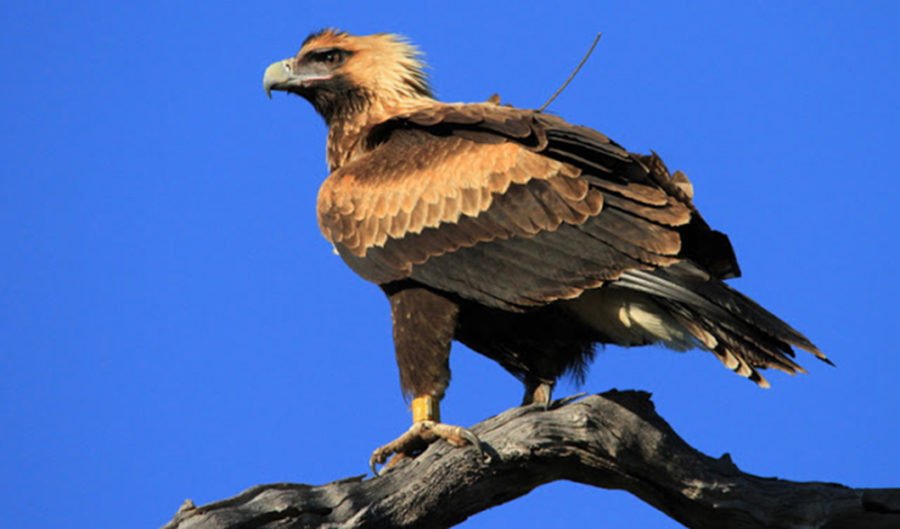
Researchers have found that wedgies don’t stray far from home, staying close to where they hatched.